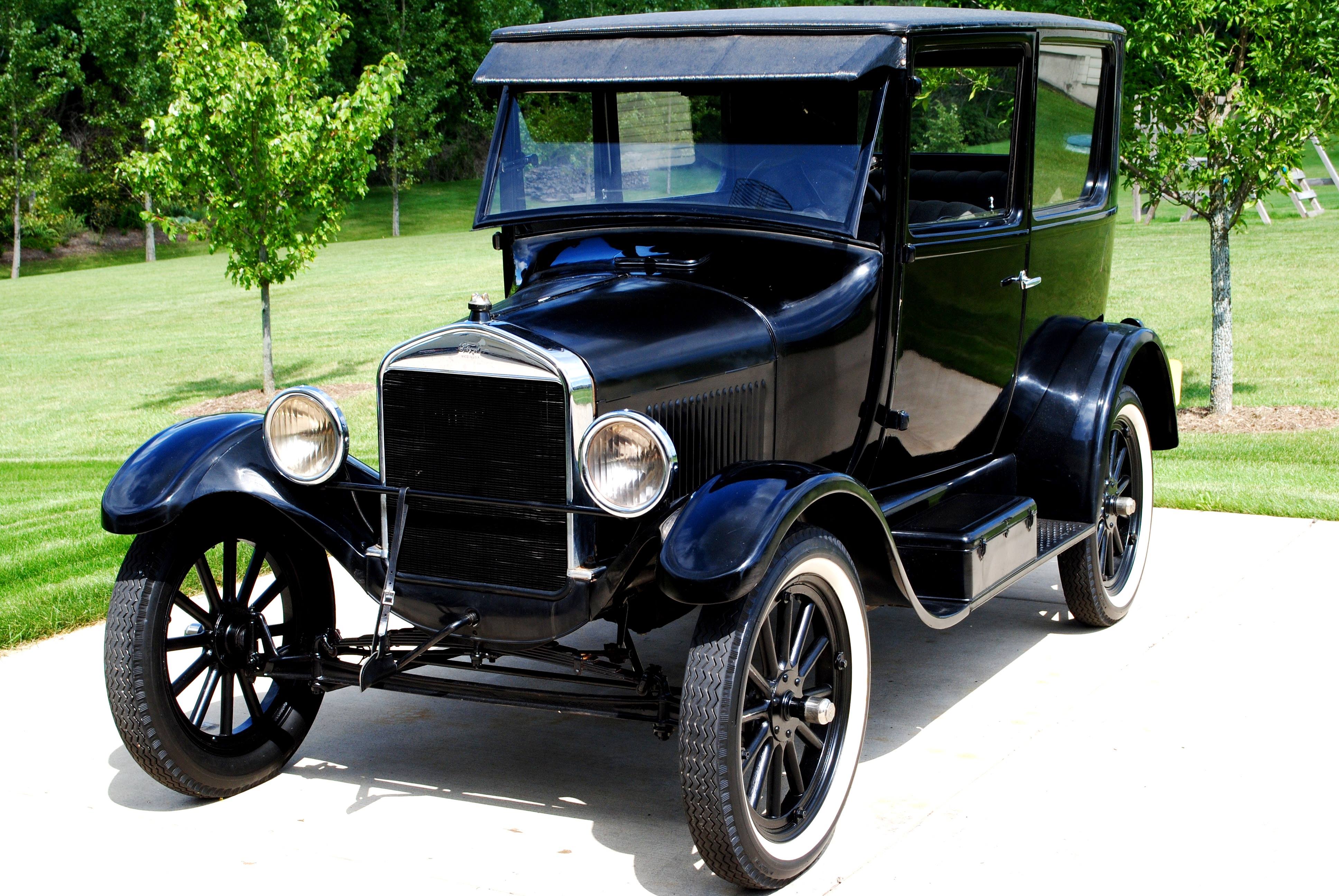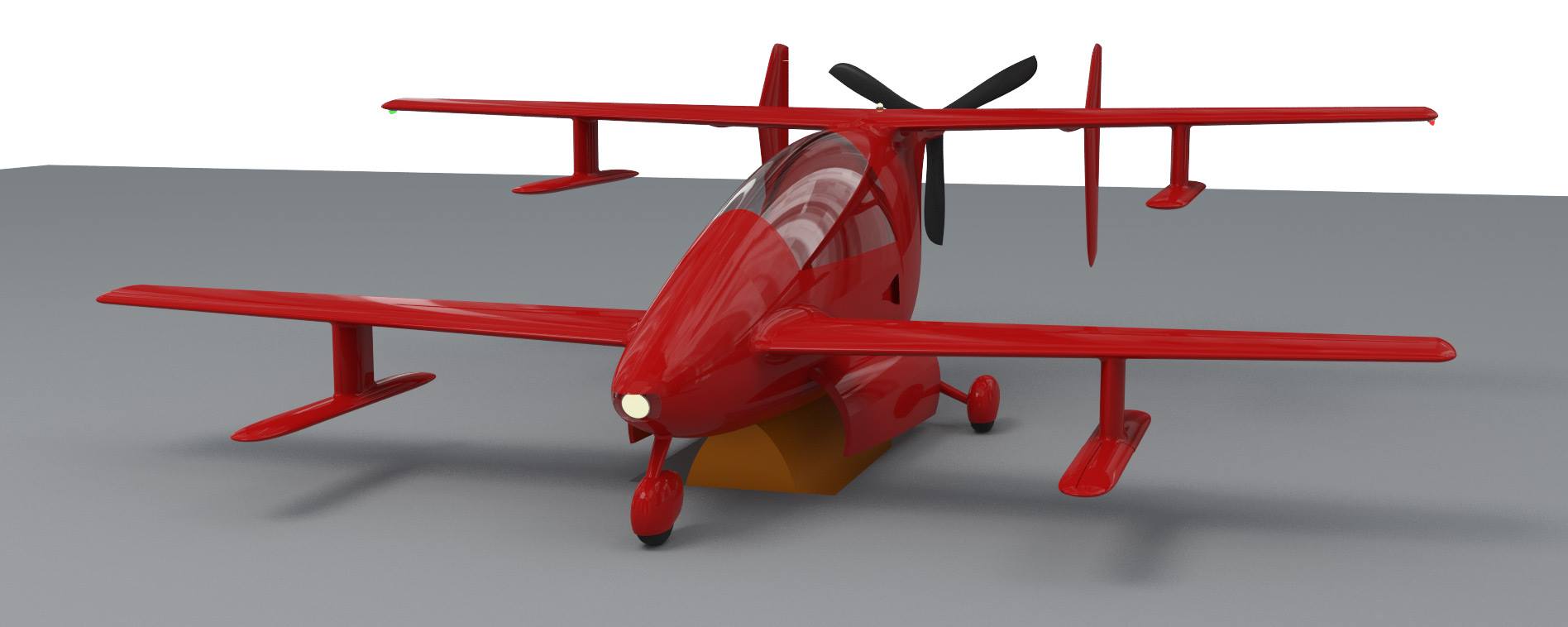The phrase: "How do you like that, Ilon Musk?" is still actively boosted on the Internet and has already managed to become a meme. We are probably a little retrogrades, so when we talk about real innovations, we don’t remember Mask, but Ford. His model Ford T did not have any special outstanding qualities, except that it was simple, fairly reliable and very affordable. Of course, low cost has become possible due to the conveyor and mass production, but the conveyor itself or mass production does not make a miracle. They are the result of a holistic approach to the production of a cheap, simple and reliable car, as well as the result of a very consistent and even fanatical implementation. In this sense, it seems to us that Ford’s very popular catch phrase (memes have not yet been invented): “The color of the car can be any, provided it is black.”

Now let's try to see what the situation in which there was Ford with cars is similar to the situation in which we are now with convertible planes.
In the days of Ford, technology developed to the point that an internal combustion engine was created, thanks to which a car became possible in its modern form. Today we have sufficiently capacious batteries and light electric motors, which allow us to take off and land vertically. But most importantly, we already have sufficiently reliable and cheap control systems that allow us to manage multicopter. These systems can already do this automatically without involving a person in control. At the time of Ford, cars were expensive and were produced individually or in very small batches, because of which they only became more expensive and could not become more accessible, i.e. could not become massive. Now airplanes are quite expensive, and they are also produced in small batches.

Thus, if we create a simple, reliable and, most importantly, inexpensive convertoplane, then it has all the chances to become truly massive - hundreds of thousands or even millions of pieces, rather than tens of thousands, like modern mass aircraft (44000+ Cessna 172). How do you like it, Henry Ford?